Affiliate links on Android Authority may earn us a commission. Learn more.
Five years of Wear OS and it's still too messy to recommend

Today is the fifth anniversary of the release of Wear OS. Born as Android Wear, Wear OS is Google’s Android-based operating system specifically designed to work on wearables and smartwatches.
After five years of development and refinement, you’d think Wear OS would be a strong contender within the wearable industry and something a reviews site like Android Authority would recommend. However, that’s not really the case.
Unfortunately, Wear OS is still very messy and feels at times like a half-baked product. Meanwhile, other wearable operating systems from companies like Fitbit, Samsung, and even Apple prove that a smartwatch OS can be clean, battery-friendly, fast, and powerful. They all have their pitfalls, sure, but their successes make Wear OS even more disappointing by comparison.
What is holding Wear OS back? What could possibly make the operating system better and become something that we would wholeheartedly recommend using on a daily basis? Let’s dive a little deeper into Wear OS on its fifth birthday.
History of Wear OS
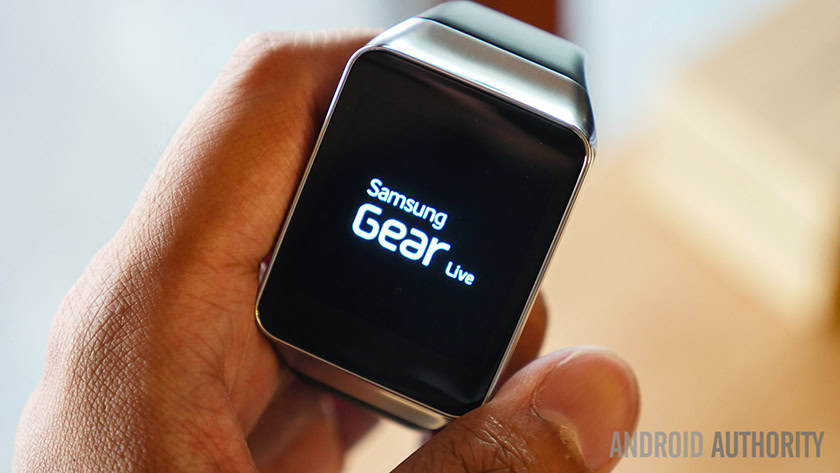
Google announced Android Wear on March 18, 2014, pushing out a developer preview that same day. A few months later at the 2014 iteration of Google I/O, the company revealed two smartwatches running Android Wear: the Samsung Gear Live and the LG G Watch.
Both of those watches hit the market in July of 2014. In September, a third watch hit the market in the form of the Motorola Moto 360. By the end of 2014, we saw additional Android Wear smartwatches from Sony and Asus.
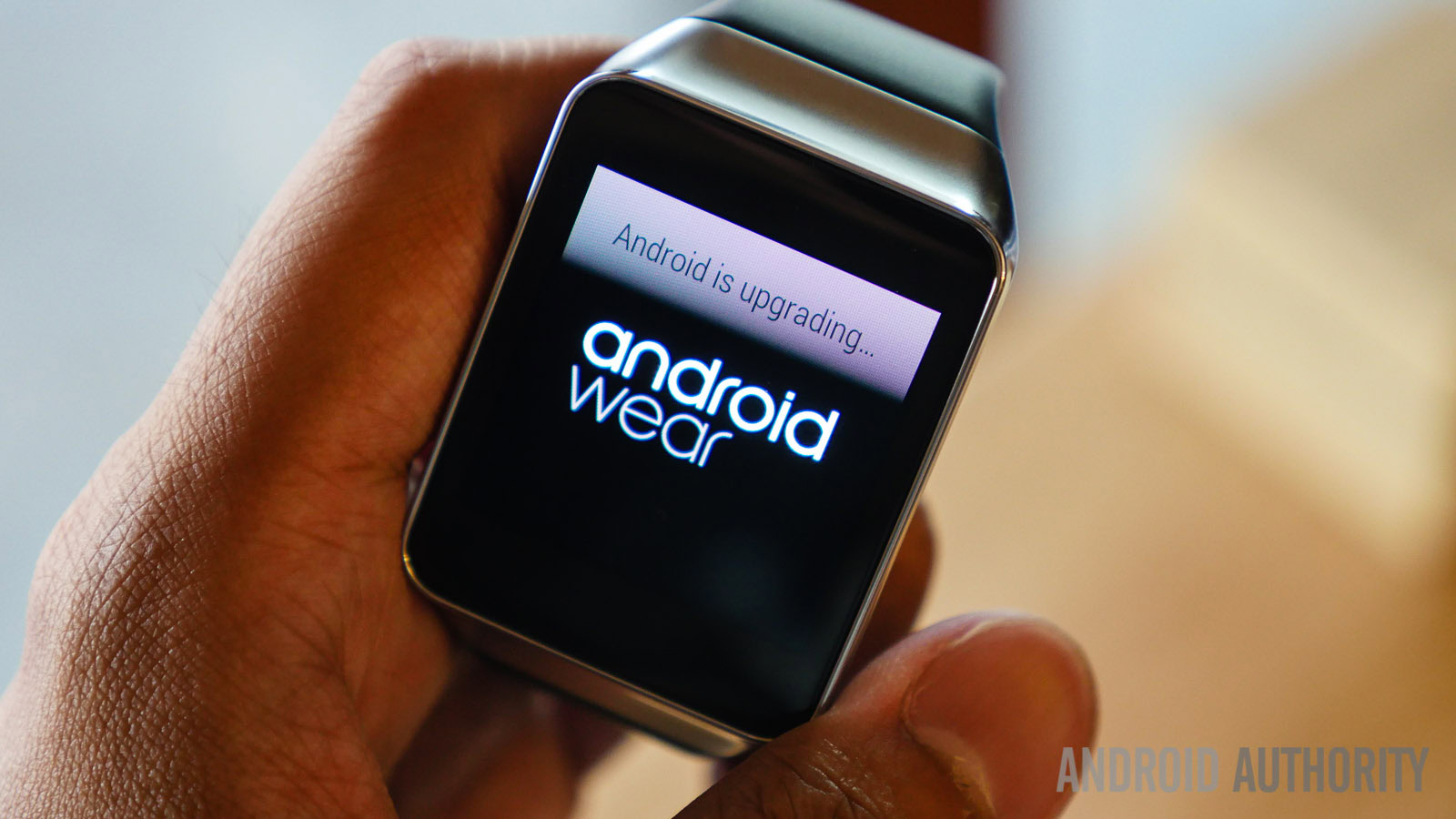
Early reviews for Android Wear — and the smartwatches attached to it — were fairly positive. However, most reviews couldn’t help but point out that Android Wear didn’t feel “done” and there were numerous complaints about bugs, poor battery life, and other problems.
At the time, this was mostly forgiven due to the fact that Android Wear was so young.
From 2015 to 2018, more smartwatches landed from more companies, including Huawei, ZTE, Casio, and Fossil. Reviews for many of these watches were lukewarm, with users pointing out that many of the problems that plagued Android Wear from the beginning were still present.
Android Wear started out with problems, but so does every OS. But here we are, five years on, with a lot of the same problems still present.
In March of 2018, right around the fourth birthday of Android Wear, Google announced a rebrand of the operating system to Wear OS. Along with the rebrand, Google promised that some exciting new developments and redesigns for the OS were coming soon.
Wear OS did get a redesign that made it a bit faster and easier to use. However, it didn’t feel like a new product worthy of a new name — instead, it felt like Android Wear 3.0.
Now, here we are today, five years on from the launch of Android Wear and one year on from the reveal of Wear OS. In our review of one of the most recent Wear OS watches, the Fossil Sport, we make a lot of the same complaints we did when Android Wear first launched. What is going on?
Wear OS feels unrefined
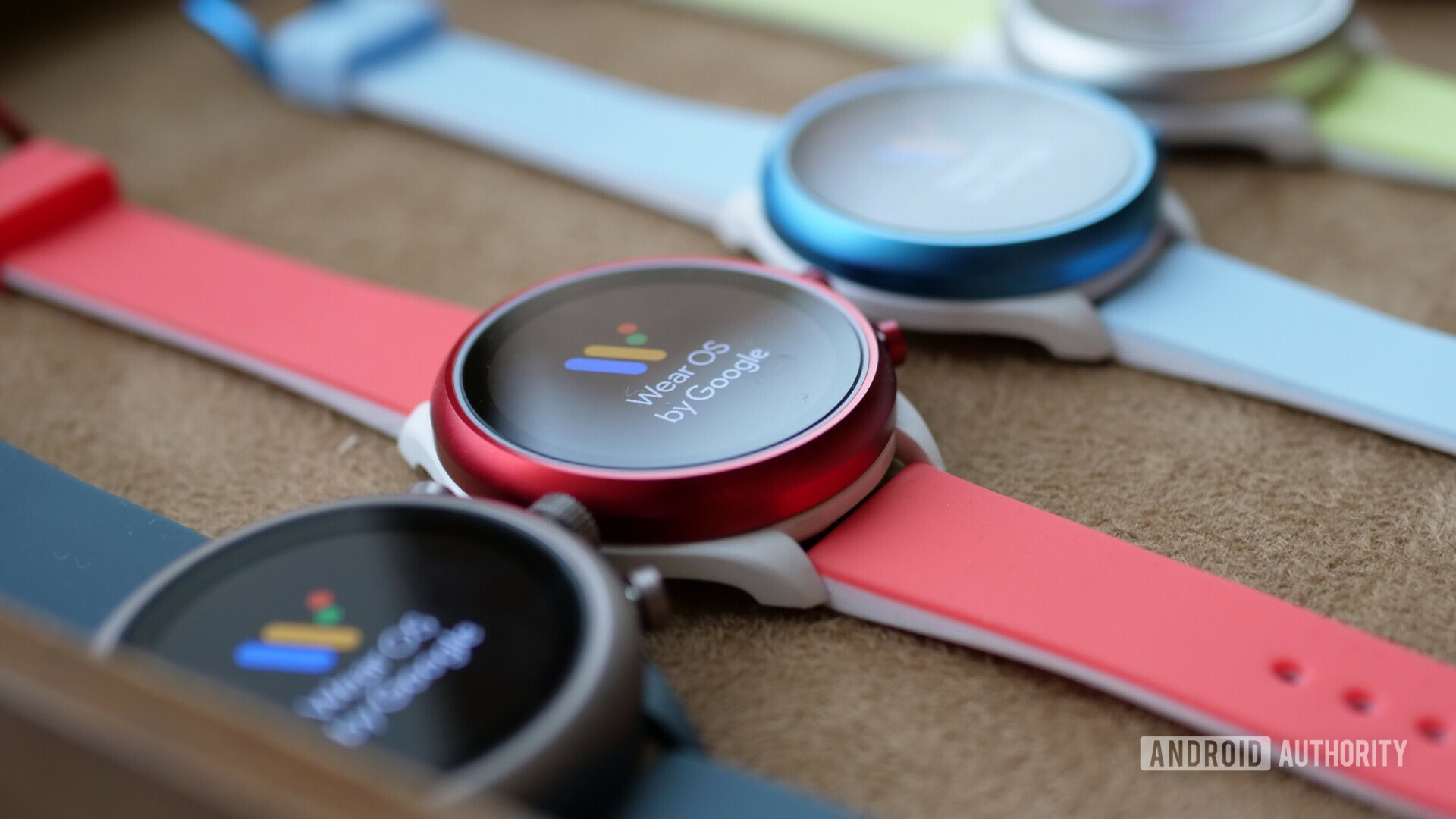
One thing you’ll hear over and over when people talk about Wear OS is how it feels unrefined, half-baked, or otherwise incomplete. A lot of this has to do with how slow and buggy the operating system feels — even on the latest-and-greatest hardware, such as the previously-mentioned Fossil Sport.
As an example, doing something as simple as opening the settings menu on a Wear OS smartwatch can take upwards of a few seconds. Getting to the settings panel is very easy — simply swipe down from the top of the watch face and hit the prominently-displayed gear icon. Once you tap the icon, the screen goes black for a second or two before the settings panel appears.
Wear OS still feels laggy and buggy, with apps and features sometimes taking a few seconds just to launch.
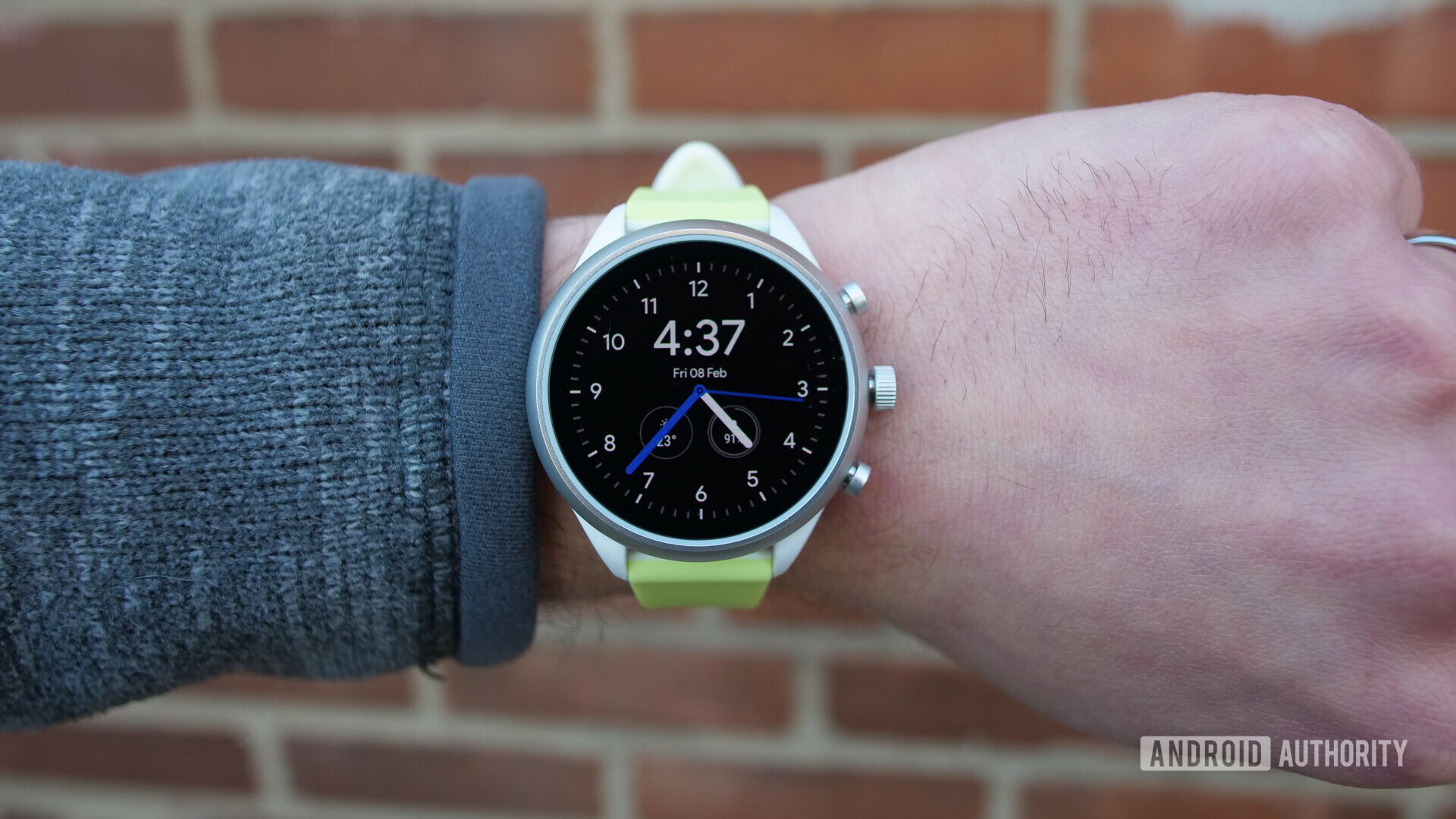
Now, a two-seconds wait for the settings panel to appear might sound like a nitpicky complaint, but this operating system is five years old. Five years into Android proper, we were on Android 4.4 KitKat, and opening the settings panel was instantaneous. Sure, a smartphone is bigger and inherently more powerful than a smartwatch, but how many years should we wait before opening settings, or the Google Play Store, the Google Assistant, or the weather app, or anything else, happens right when we want it to?
This also brings up one of the core functions of a smartwatch: activity tracking. Wear OS devices use the Google Fit app by default, which is woefully underpowered when you compare it to other fitness apps from competitors like Fitbit and Garmin. Luckily, the open-source nature of Wear OS allows for third-party apps to fill in this gap, but this is a cumbersome workaround.
If the fitness tracking aspects and the general performance of the OS aren’t good right out of the box, what does that say about the OS as a whole?
Battery life is still poor on Wear OS
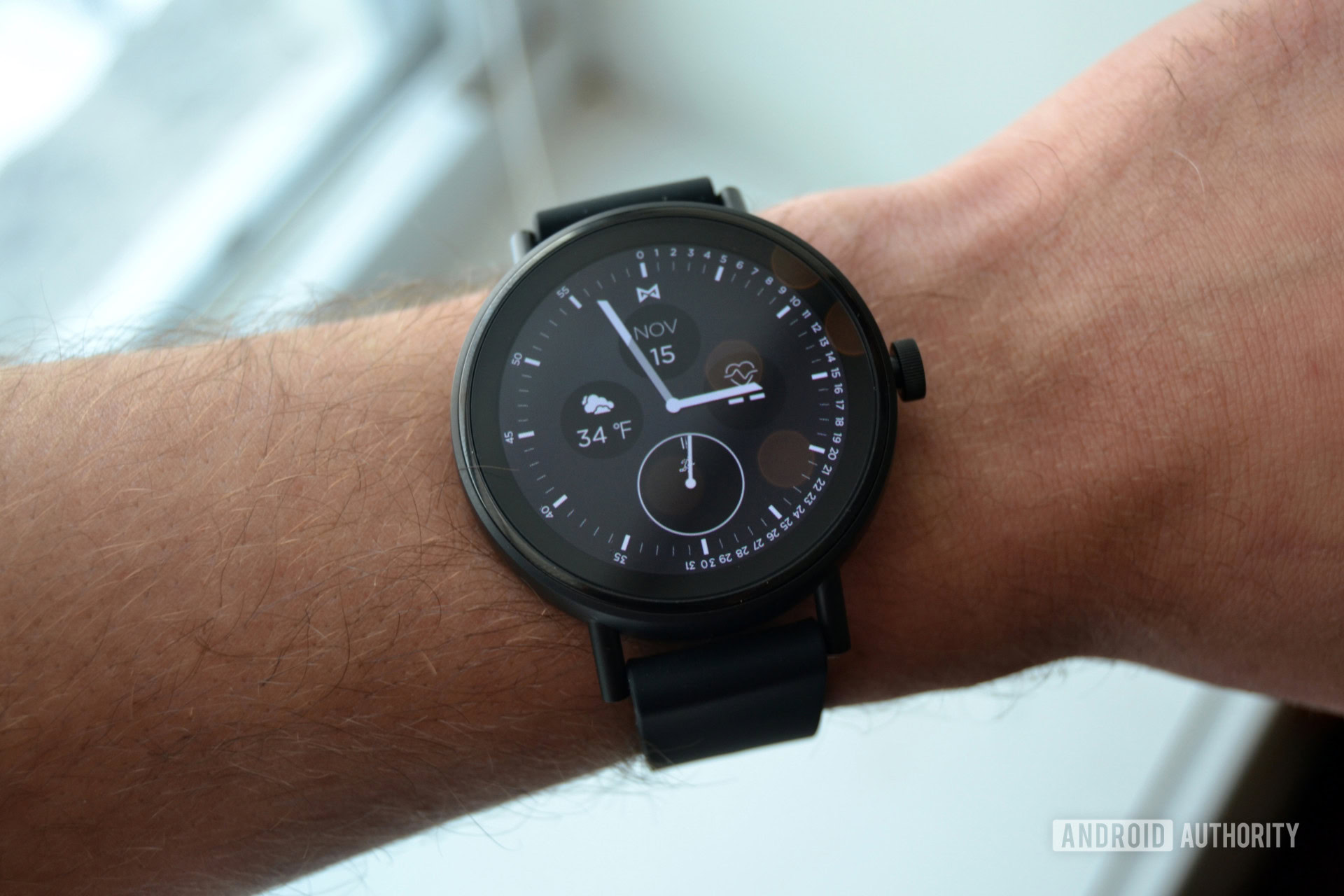
One of the biggest complaints about Wear OS devices over the years has always been battery life. The Qualcomm Snapdragon Wear 2100 chipset was the de facto processor for every Wear OS smartwatch to hit the market for nearly three years starting in 2016. On that processor, you’d be lucky to get one full day of use before having to charge the watch.
Qualcomm promised some big changes with the Snapdragon Wear 3100, the long-awaited follow up to the 2100. With this new upgrade, the average Wear OS smartwatch now gets, well, one day of power before it needs a recharge.
We weren’t expecting a whole week of battery life gained from one processor to another, but the new chipset can’t even give us one extra day!
Competitors are delivering multiple days of battery life, while Wear OS device owners are still stuck charging every night at bedtime.
Some companies are introducing workarounds to this problem. LG introduced a hybrid Wear OS watch called the LG Watch W7, which uses physical watch hands to help save battery by allowing you to check the time without having to turn the screen on.
Wear OS also offers an overly-extreme battery-saver mode, which turns off nearly every Wear OS feature leaving you with just the time in black-and-white. While this is certainly better than having to choose between fully on or totally shut down, it’s curious that there isn’t a more refined way of controlling battery life within Wear OS.
For the sake of comparison, in our review for the Fitbit Versa, we easily got four days of battery life from a single charge — and that’s without turning on any sort of battery-saving features.
Where is the flagship Wear OS device?
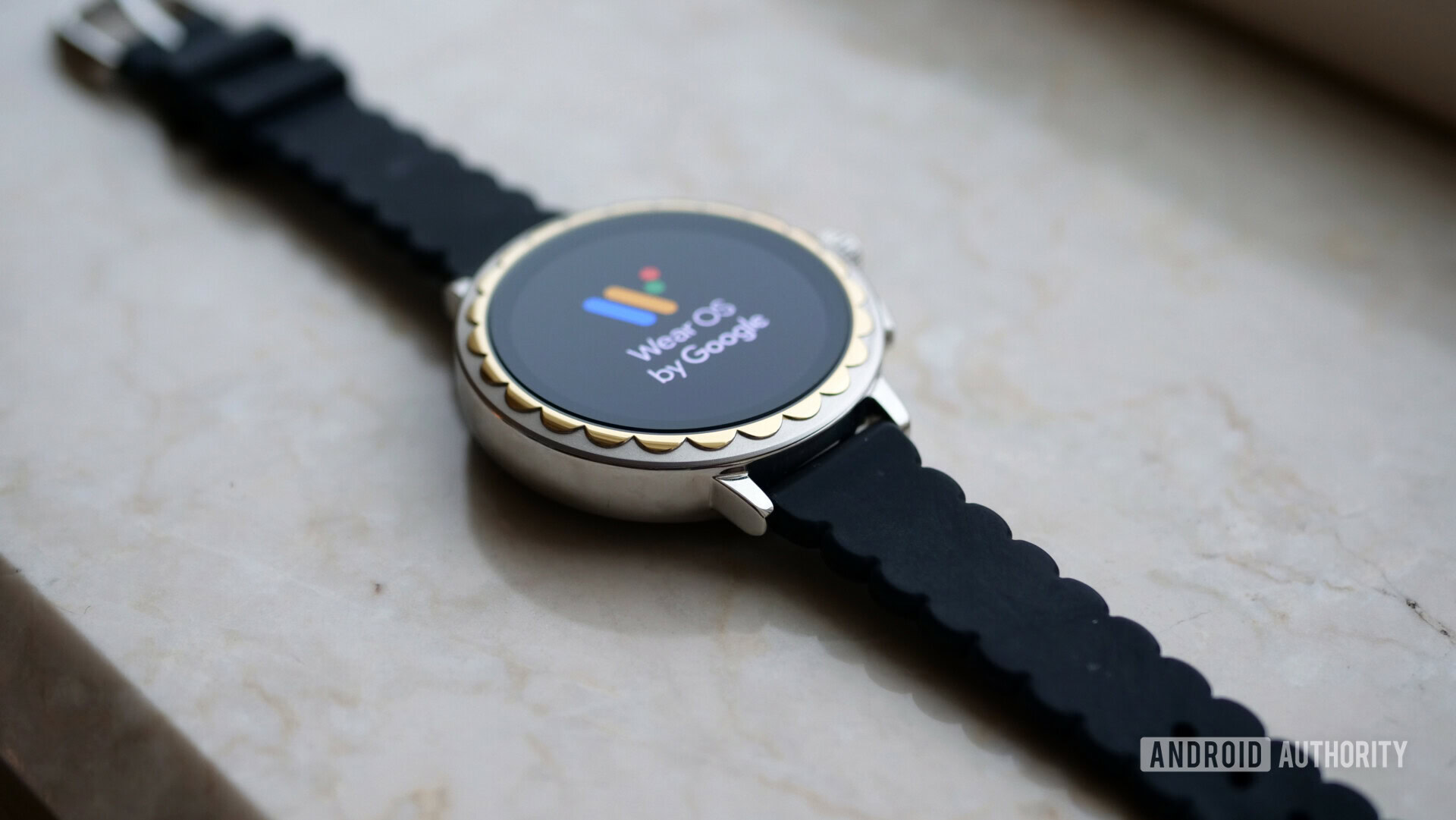
One of the biggest things holding Wear OS back is the lack of a bonafide flagship smartwatch — something that represents the true potential of the operating system. With Android proper, we had Nexus devices and now we have Pixel devices, as well as a wealth of flagship smartphones from nearly every major smartphone OEM.
In comparison, Wear OS feels fractured. Without a watch that is “the” watch, it feels like the OS is just kind of floating in space.
In the middle of 2018, we started to hear rumors that Google would release a Pixel Watch at its hardware event in October. However, Google squashed that rumor shortly before the event, instead only announcing the Google Pixel 3, the Google Pixel Slate, the Google Pixel Stand, and the Google Home Hub.

There’s always the possibility that Google could launch the fabled Pixel Watch sometime this year, but we haven’t heard any credible rumors surrounding that. However, we do know that Google surprisingly bought a lot of intellectual property from Fossil, which certainly suggests something related to Wear OS is coming from Google. What it might be and when it might land, though, we have no clue.
As an interesting side note, there are many people out there who mistakenly refer to all Android devices as a “Galaxy,” referencing the best-selling line of Samsung Galaxy S smartphones. The reason that happens is that Samsung is the flagship brand of Android and helped make it what it is today. In order for that to happen with Wear OS, there needs to be an incredibly amazing product attached to it. So far, nothing has come along to fit that role.
Without that flagship device, Wear OS is just going to float along forever.
The future of Wear OS
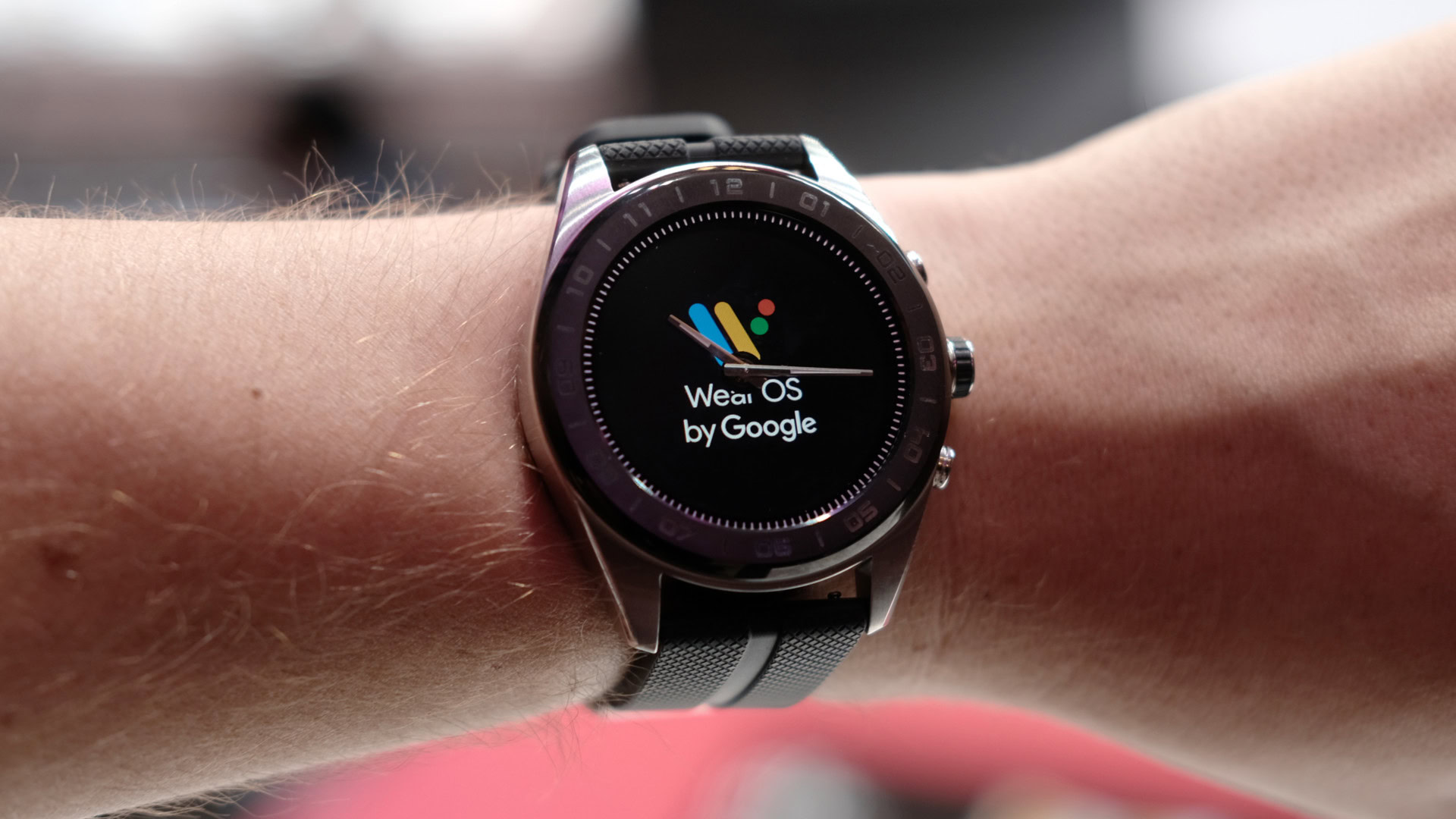
Although this article might seem like a bash of Wear OS, that’s not what I want to get across. I will admit I own a Fossil Sport and wear it every day. I want Wear OS to succeed as I feel an Android-based wearable is the best thing to pair with my Android-based smartphone.
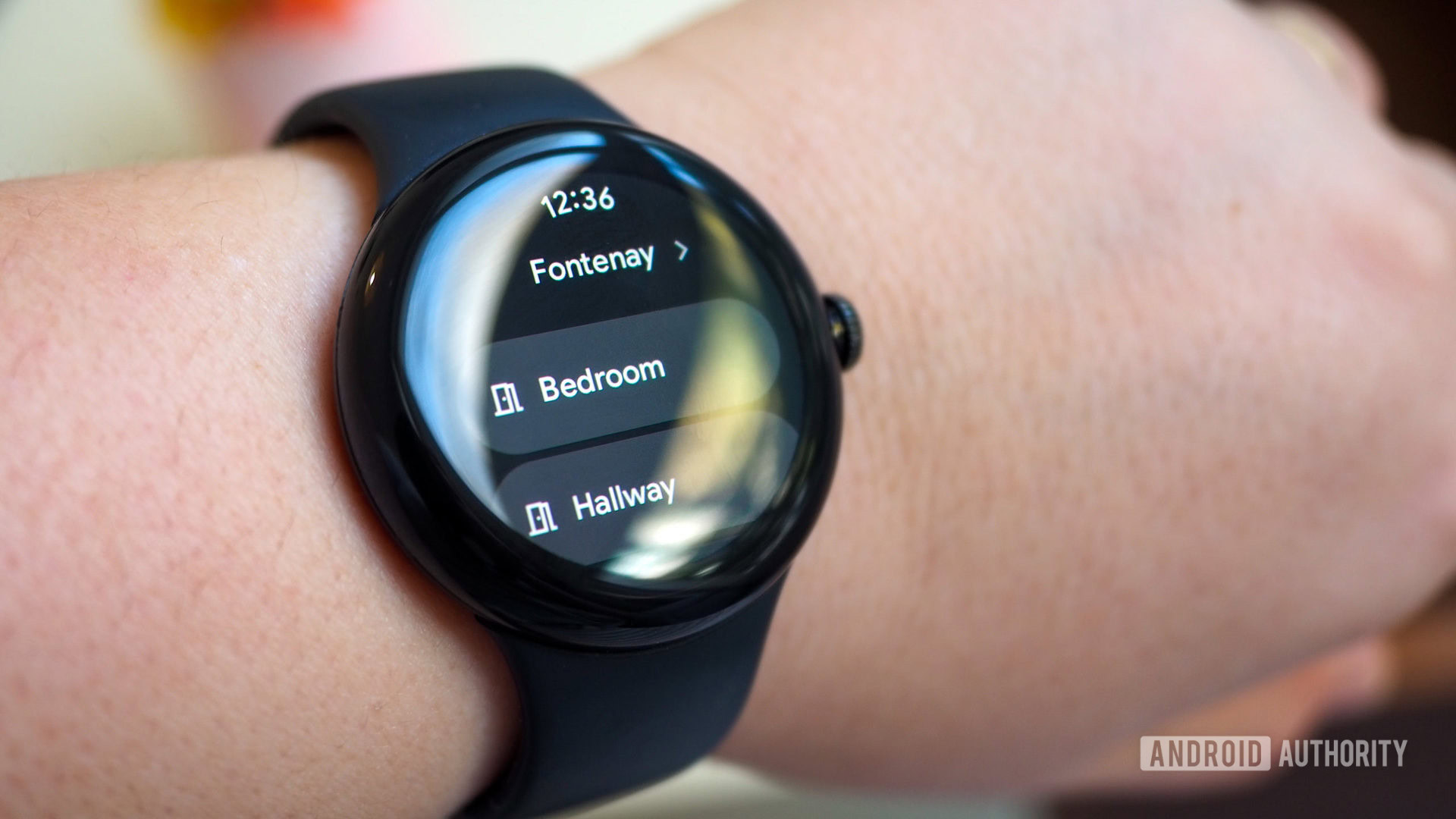
There are some things that Wear OS does very well. The seamless integration of Google Assistant is extremely helpful, and something other wearable operating systems don’t offer. It’s also nice to know that if I don’t want to use a feature — like Google Fit, for example — I can install a third-party app. This is also something most other wearables don’t offer (or offer in a limited capacity).
That all being said, at the beginning of this article I talked about all the various companies that released Android Wear devices shortly after its launch. Unfortunately, almost all of those companies have since moved on from Wear OS, which doesn’t bode well for the future of the operating system.
Samsung released exactly one Android Wear device before opting for its own operating system, Tizen. HUAWEI released a series of Android Wear smartwatches but then also developed its own OS — two rumored smartwatches coming soon from the company will likely not run Wear OS. Motorola, Sony, ZTE, ASUS, and more all released Android Wear devices and then stopped.
Today, only Mobvoi and Fossil release Wear OS-powered smartwatches with any regularity.
When Android Wear launched, it was backed by a dozen OEMs. Now, there are only two that release Wear OS products regularly.
The future of Wear OS looks very dim indeed. In order for it to survive, Google needs to make it faster, more power-efficient, and needs to release that “gotta have it” device that will get people excited about the operating system as a whole. It also needs to revamp Google Fit to make it more competitive with the activity-tracking apps from Garmin, Fitbit, and Apple. Not only would it benefit from deeper fitness data insights, more social features would also be a welcome addition.
Industry analysts predict that the smartwatch market is going to have huge growth over the next few years. Google is at risk of losing out on that growth if it can’t get Wear OS back on track. Hopefully, on Wear OS’s tenth birthday, I’ll be able to talk about all the success it has had rather than the mediocrity it currently shows. I believe in you, Wear OS, and I want you to succeed. Please stop letting me down.